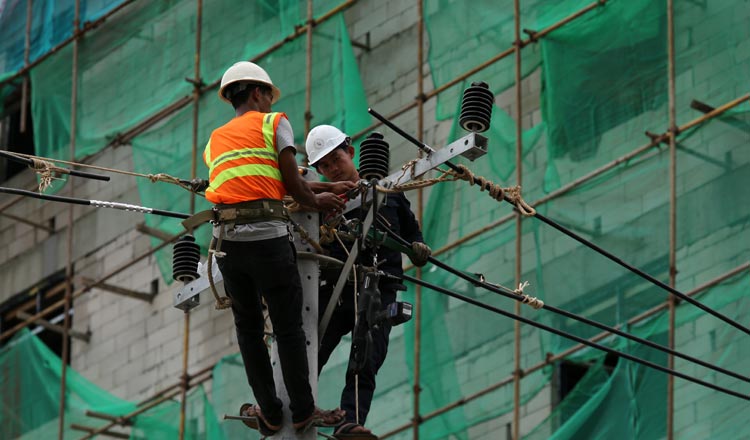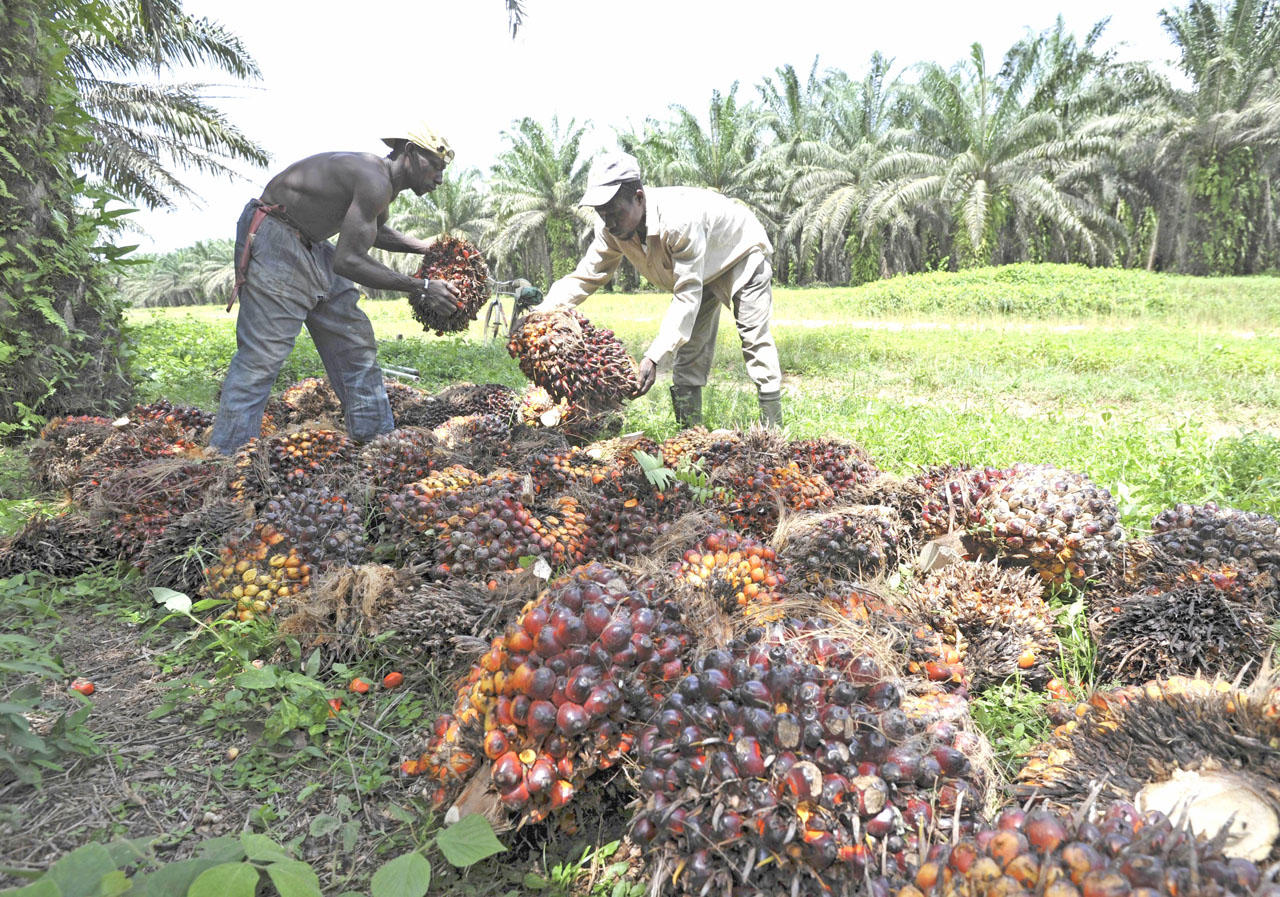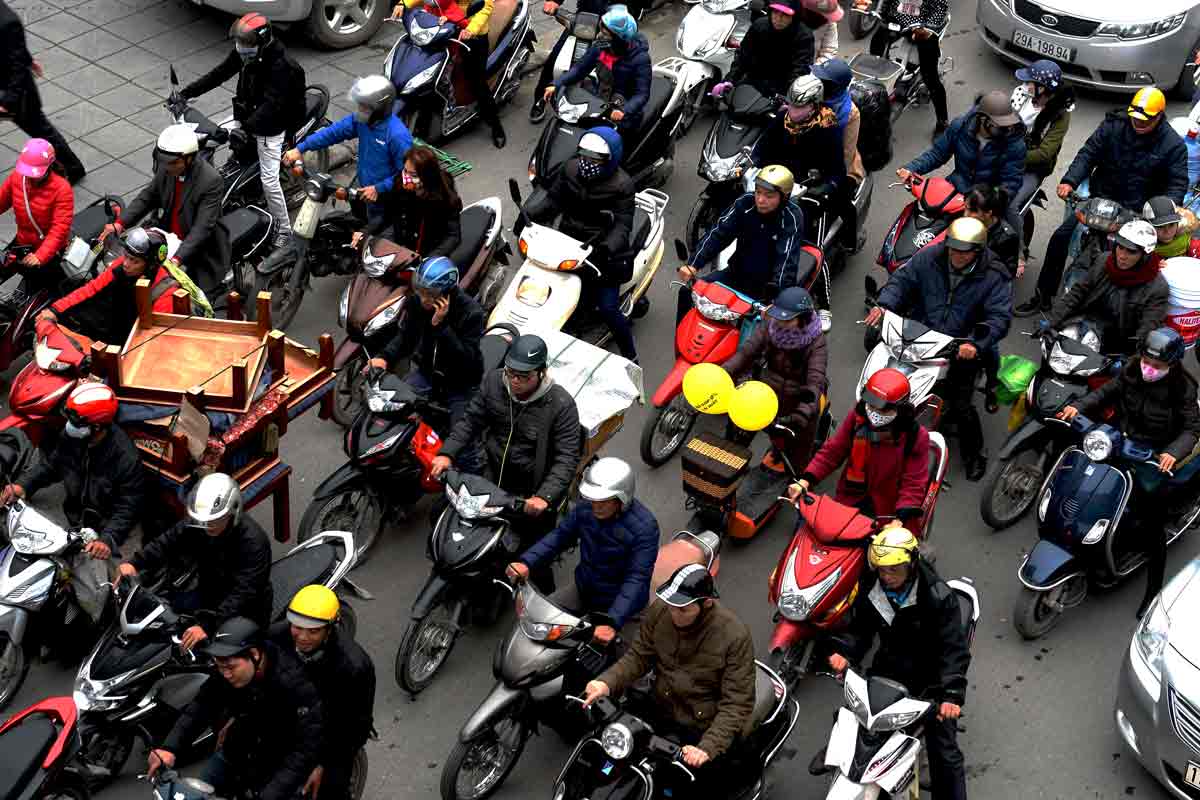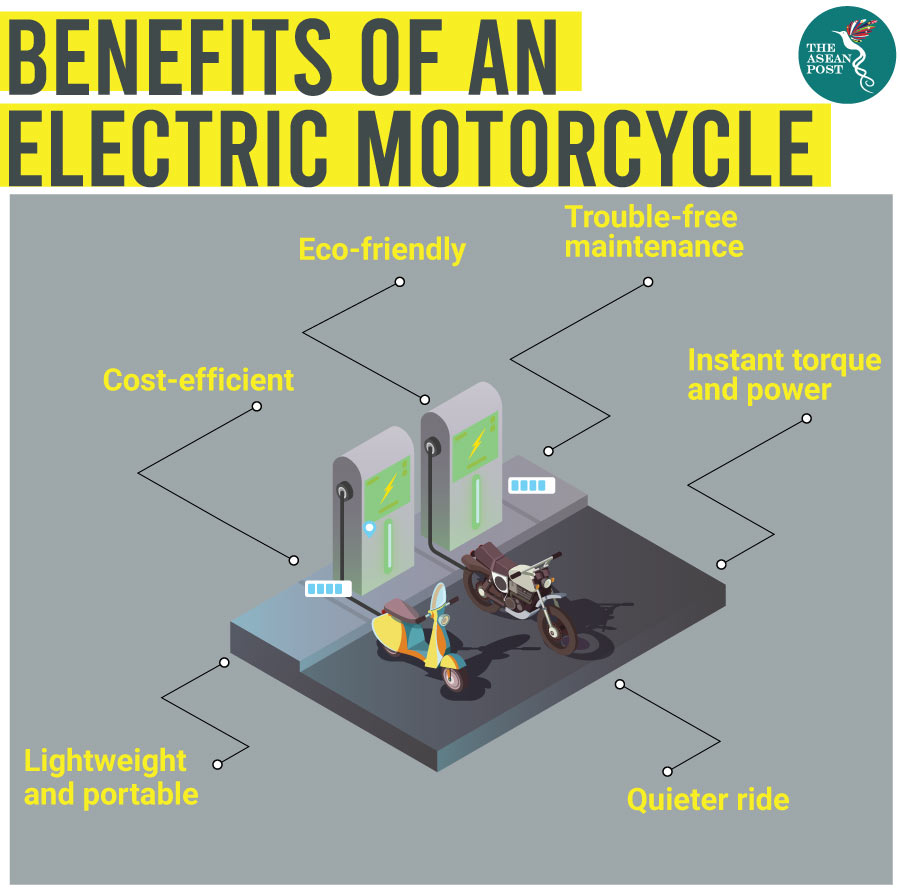KUCHING: It is a call made loudly and often enough – palm oil companies, with its high dependence on labour, need to digitise their operations as the next step towards increasing productivity.
The call for palm oil players to turn to technology is one that has its advantages. It reduces a firm’s dependency on foreign workers, which some have said brought with it income repatriation and social problems.
By incorporating technologies across the value chain, productivity can be increased across various stages of growth and terrain.
Malaysia has achieved much in the research and development of palm oil, whether it be for its harvesting, seed genetics, or even in its uses in retail beyond food and beverage.
Take, for example, the application of red palm oil inside food to combat Vitamin A deficiency, or the application of palm oil in encaustic painting medium, according to data from the Malaysian Palm Oil Board.
Many strides have also been made in making palm oil more sustainable, such as the application of mycorrhiza in palm oil as an appropriate technology towards sustainability.

Meanwhile, Primary Industries Minister Teresa Kok is intensifying her efforts in convincing the world that Malaysia’s palm oil industry is sustainable – a recent example is the launch of the Malaysian Palm Oil Centre at the Kuala Lumpur International Airport (KLIA) .
Located at the departure hall on Level 5, the centre is to educate travellers on the benefits of palm oil.
It is part of the ministry’s “Love MY Palm Oil” campaign which aims to instil pride and a greater appreciation of the industry.
On the domestic front, she said the ministry is ramping up its campaign to get 100 per cent Malaysian Sustainable Palm Oil certification for all oil palm planted in the country by the end of the year.
The federal government will assist Sarawak to speed up the MSPO certification process for the oil palm industry in the state.
Minister of Primary Industries Teresa Kok said to date, only 591,233 hectares out of the total 1.58 million hectares under oil palm cultivation in Sarawak have obtained the MSPO certification.
She pointed out there was still plenty of room for improvement as the figure represented only 38 per cent of oil palm cultivated areas with such certification.
“Sarawak is the second biggest producer of palm oil in the country. Our nationwide aim is to achieve 100 per cent MSPO certification by end of this year, and the Sarawak state government has agreed to help and to speed up the process,” she told the media after a meeting with Deputy Chief Minister Datuk Amar Douglas Uggah, who is also Minister of Modernisation of Agriculture, Native Land and Regional Development, at his office recently.
She said Malaysia is now focusing on reaching out to Japan and China as the new markets for palm oil.
“These two countries are very big markets and full of potential for us. I hope to visit Japan in two months’ time and am now discussing with the Japanese ambassador in Kuala Lumpur on my visit,” she said.
Thus, we can see that palm oil innovation occurs on many levels, riding on palm oil’s necessary demand.
As an industry heavily reliant on workers for a variety of operations such as planting, harvesting, fresh fruit bunch (FFB) collecting, field work, plant processing and so on, how does one consider adopting technologies to increase publicity?
BizHive Weekly talks to two tech players, Lintramax and Fusionex, and looks at their efforts in digitising the palm oil sector:

Lintramax leading the industry with QuartoConnect
Agriculture industry is ripe for the next wave of technology revolution. Demand for agriculture products increases as world population grow, edible oil like palm included.
Yet the amount of arable land in the world is limited. Producers are increasingly under pressure to produce more with less. Consumers also have higher expectation on food safety and traceability on the food they purchase.
This requires the ability to better manage the supply-chain from the producer to the consumer. In order to do it well requires the application of information technology.
Technology is an enabler that allows producers to be more efficient and productive. It is inevitable that the industry need to tap into technology innovations to remain competitive. There is always new tech company looking to innovate the industry.
These were among the key reasons behind LintraMax (M) Sdn Bhd, a provider of digital plantation management solutions, launching QuartoConnect back in April last year. This is a new application assisting oil palm planters to streamline work processes at their plantations.
The application, which runs on mobile devices, functions as a tool for planters to digitally record data of activities on the field and have them stored in a cloud-based system.
This makes it easier for managers at the main office to access field data quickly and at any time. Moreover, with QuartoConnect planters no longer need to rely on paper-based log books or other manual methods.
QuartoConnect is available for oil palm plantations in Malaysia and Indonesia.

Khor Kheng Khoon
LintraMax founder and managing director Khor Kheng Khoon told BizHive Weekly that almost half of his clientele in Malaysia comes from East Malaysia.
“Approximately 45 per cent of our domestic clients are in Sabah and Sarawak. 154 estates and 25 palm oil mills in Sabah and Sarawak use LintraMax system to manage their operations,” he said in an exclusive interview with BizHive Weekly.
“About 30 per cent of our business is from overseas – Indonesia is our largest foreign market. We also have clients in Papua New Guinea.”
“Lintramax provides a system that is covers both operational and administrative for palm oil players to better manage their efficiency.
Khor said LintraMax’s research and development team constantly working on improving our product platforms and develop new solutions to address industry challenges and enhance productivity and efficiency.
“We release new updates every quarter on our cloud and mobile platform – Quarto. Plantation is a mature business with incremental changes to business processes,” Khor said.
“LintraMax’s goal is to digitise agricultural practices. In 2016, we launched Quarto which was a catalyst for customers to embrace digital solutions for their plantations.
“We saw that there was still an information gap between field operations and monitoring, and that is why we have come up with QuartoConnect. This is our approach to extend the digitisation of plantations to include work at the field level as well, not just at the main office.”

Continuous adaptation necessary
QuartoConnect comes as a new module of Quarto, which is LintraMax’s award-winning (MSC Malaysia APICTA Merit Award 2017) cloud-based plantation management system, but it can also be deployed independently or as a standalone application.
With QuartoConnect, users can record data even when the application is offline in plantation areas where there is no Internet connection. Once it is connected to the Internet, all data will be uploaded to its cloud-based central system.
For plantation companies, having proper recording of data on the field is crucial for their business.
In many cases, planters are still stuck with using conventional methods including paper-based log books.
Not only are these not easy to manage but they also make reporting of field data to main office a long process.
“We have also discovered that lack of workers, poor crop harvesting quality, and crop losses are among the biggest operation challenges faced by many planters. So, digitisation of these processes helps improve traceability and monitoring of field operations, which can reduce the impacts of these challenges,” Khor explained.
QuartoConnect is available directly from LintraMax and via a subscription basis. Aside from the application itself, the Company also offers third-party hardware devices of fingerprint readers and portable printers that are sold separately.
“Product development is an ongoing exercise since our inception. Our products are built upon iteration of developments as technology evolve and change over time. We also change the technology framework we work on as new and more versatile one becomes available.
“At the same time, as new technology emerges, we study how it can be utilised in the context of plantation industry. Some of our development eventually becomes commercially viable while others may never make it to the market.
“For example, not too long-ago cloud applications for plantation seem like a far fetch idea. Today we have hundreds of estates and palm oil mill running cloud application.
“Cloud technology offers many advantages such as speed and significant lower cost of ownership that would not have been possible with older technologies.”

The future of palm oil technology
When asked on the future of technological growth in the plantation sector, Khor had this to say: “Internet of Things (IoT), Artificial Intelligence (AI) and Blockchain are technological areas that people in various industries (not just agriculture industry) are excited about and believe will play important role in the evolution of industry applications.
“These technologies will play a major role in business operations in one way or another.”
The challenge, he said, is to adopt these technologies to solve problems/challenges with measurable result to plantation business stakeholders. Overtime, some of these technologies will be incorporated into plantation operation.
“One such example is drone technology. The advancement of drone hardware and software are rapid. On the other hand, the cost of drone ownership has reduced significantly. Nevertheless, skills and knowledge to operate a drone and put together the output from drone imagery and related applications are still required.
“Labour shortage is a major challenge faced by palm oil industry in Malaysia. At the present trajectory, this trend is unlikely to change anytime soon. Therefore it is imperative that palm oil producers adopt technologies to do more with fewer workers.
“The combination of information technology, mechanisation and agronomy innovations supported by good field cultivation practices is essential towards higher productivity.
“Like many commodities, the palm oil industry is cyclical. The price for palm oil is low now due to many market factors that are beyond producers’ influence. That doesn’t mean all is doomed.
“One aspect that producer has control is input costs. Through insight into their operation, producer can better manage their cultivation costs and harvesting activities.
“Producers can reduce wastages and increase productivity to offset drop in commodity price.
“Efficient cultivation and continuous innovation mindset is the key towards long-term sustainability and profitability.”

Fusionex: Hastening palm oil down the supply chain
Another key leader kneading palm oil and technology together is Fusionex.
As a date technology provider specialising in analytics, big data, machine learning and artificial intelligence, the group led by founder and chief executive officer Datuk Sri Ivan Teh, sees palm oil as a sector with plenty of revolutionary opportunity.
Teh said with the advent of Industry Revolution (IR) 4.0, “We knew we could help transform, modernise and digitise the palm oil sector through the use of autonomous technology, Internet of Things, smart sensors, drones, cloud computing and Big Data.”
“Palm oil production has seen an increase in stature over the last decade and captured a lot more attention and brought in many new ventures into the industry,” he told BizHive Weekly.
“As palm oil is a key income earner, this industry is projected to thrive for many decades to come.
“However, we must ensure industry players continue to remain competitive and innovative. This is where we believe technology can help the most.

Datuk Sri Ivan Teh
“We see the most potential in implementing IR 4.0 technology to increase yield, reduce wastage, automate processes and therefore increase profits and reduce risks at every stage of the value chain. Our technology solutions will also be able to enhance the efficiency of palm oil mills and refineries.”
Teh said that they have worked with several palm oil players across the region to improve their operations with good, sustainable results. We are keen to share these success stories and to catalyse even more successes in palm oil operations throughout the region.
“Some of these mills are running at 30, 45, 60, 90 and over 100 metric tonnes per hour, yet we are still able to optimise these mills of different shapes and sizes,” he detailled.
“Today, a key challenge for the palm oil industry is increasing yield productivity per unit area. Palm oil players have been working on technologies that work throughout the production chain, from planting materials to the finished product.
“One case study would be a major palm oil player utilizing technology to develop a high-yield genome which successfully increased the industry production average and increased resiliency to fungus.
“Another case study would be a non-profit organization that leveraged on data and monitoring technology to provide real-time information on forests fires and long-term climate trends.
“Fusionex has used Big Data Analytics, Artificial Intelligence, and IR 4.0 technologies to increase the productivity and harvest yield of palm oil players. Parameters such as temperature, humidity, pressure, fluidity, and input-output could be tracked on a 24/7 basis.”
He further explained that t Fusionex AI-powered digital platform also helps further automate production processes, maintenance activities, and breakdown prevention. It is clear that by leveraging technology, palm oil players stand to enhance their operations and grow their businesses.
A few of Fusionex’s patented technologies focuses on optimisation, machine learning techniques that help improve performance significantly.
“Another notable use-case is where we apply our technology to promote an environment-friendly production where we provide a platform that helps analyse and drive the recycling of effluent water waste from the mill as well as a smoke emission handling AI system that significantly reduces black smoke emission,” he detailled.
“These technologies are all designed to help the entire industry achieve better sustainability.”

Eye on the supply chain
Looking further foen the supply chain, we can see many opportunities for technology to finetune the processes and optimise productivity.
This is where Teh believes supply chain traceability is a crucial measure in helping reach suppliers and set up more significant support programs to aid industry players ensure that sustainability is achievable.
“We also see the growing nutritional value of palm oil as something we need to keep our eye on.
“As more and more pressure is being mounted upon governments and food manufactures to produce food that is healthier, we believe that this will be a major subject matter that will be talked about this year regarding palm oil.
“In addition, the working conditions in the palm oil sector needs watching, especially when it comes to employment and contracting practices adopted by palm oil companies.”
Fusionex has set its sights firmly on Sarawak, as exemplified by its recent memorandum of understandfing (MOU) with Universiti Malaysia Sarawak (UNIMAS) to set up a RM300,000 research grant for research and development purposes.
Touching on this, Teh explained that Fusionex works with numerous universities with the goal of nurturing talent, incubating ideas, carrying out R&D, as well as offering industry training and job
opportunities to aspiring technologists.
“We find that working with universities is integral as the academia and the industry players, like Fusionex, need to work hand-in-hand with in order to understand what the industry and the real world requires, and also getting students and talent ready for the real world,” he said.
“Fusionex finds Sarawak to be a place of great biodiversity and UNIMAS has been very forthcoming in sharing use-cases, challenges, as well as areas of interest that we could collaborate on.”
It is in this vein that both parties have come together to kick-start research and development initiatives in specific sectors such as agriculture, tourism, healthcare and so on.
Teh said some of the examples include a project that focuses on early detection of diseases through the use of Artificial Intelligence, while in other R&D initiative centres around using AI and Machine Learning to achieve smarter agriculture, just to name a few.

Educating the public
As part of a growing commitment to revolutionise Malaysia’s Palm Oil industry through technology, Fusionex continuously conducts knowledge sharing sessions with industry players and technologists, being open to collaborating with all interested parties.
One such example is the ‘Smart Milling Workshop via IR 4.0’ in April this year, organised with with the Malaysian Oil Scientists and Technologists Association (MOSTA). With its focus on the future of palm oil industry–revolutionizing mill operations and widening markets, Fusionex reached out to a full auditorium of mill owners, technologists and industry players.
Through events such as this workshop, Industry Revolution 4.0 (IR 4.0) technologies are brought to the forefront of Malaysia’s palm oil industry to serve as a catalyst for enhancing the performance of industry players through innovation and continuous intelligence.
The workshop provided a platform for business owners, operations personnel and technologists to exchange ideas and share experiences regarding new research and innovative palm oil technology.
Teh said, “The ‘Smart Milling Workshop via IR 4.0’ aims to encourage collaboration among industry players. It addresses some of the key issues and challenges in the palm oil industry. Fusionex is committed to working with partners such as MOSTA, to create more awareness and provide much needed technology for the industry.”
“By leveraging on AI and IR 4.0 technology we have at hand and developing further, we can prove traceability of the oils and rebut claims such as some of these raw materials are coming from deforested areas or of poor stock.
“Data gathered allows for evidence-based debates when tackling baseless allegations and also help showcase about the quality of the palm oil produced,” he added.
Fusionex also took to the stage to share powerful case studies and relevant techniques that have helped the industry better its standards so far.
The session also provided an opportunity for deliberation of issues, challenges and some of the latest developments in the palm oil industry.
The event’s theme reflected future trends that need to be adopted by the palm oil industry to overcome existing and emerging challenges, especially in the areas of technology deployment in plantations, smart mills, sustainability and marketable products.
Fusionex’s technology raises the bar for best practices in plantations, as well as the milling and processing of palm oil.
Participants at this event had the opportunity to listen to Fusionex subject matter experts speak on how cutting-edge technologies such as Industry 4.0 (IR 4.0), the Internet of Things, Artificial Intelligence (AI), Machine Learning and Big Data Analytics can immensely improve their business processes, optimise yield, improve overall quality, as well as increase productivity and profits























